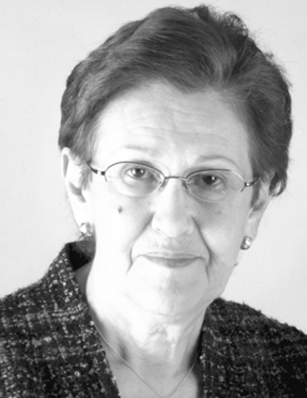Experience: Satu Mare

|
“(Hung., Szatmár-Németi or Szatmár) a city in northern Transylvania that Hungary acquired from Romania in September 1940. According to the census of 1941, Satu-Mare had a population of 50,011, out of which 12,960 people (24.9 percent) were Jewish. Satu-Mare was a center of Jewish Orthodoxy and Hasidism; it was the home of Rabbi Joel Teitelbaum, the founder and leader of the Satmar Hasidic sect.
“Lázló Endre and the other leading “de-Judaizers” of Hungary convened in Satu-Mare on April 26, 1944, to work out the details for the liquidation of the Jews of northern Transylvania, except the Jews of the Hungarian autonomous district of Székely Land, whose fate was decided two days later in Tîrgu- Mureş (Maros-Vásárhely).
“On May 3, 1944, the Jews of Satu-Mare were ordered into a ghetto that was established in the Jewish section of the city. The ghetto held approximately 19,000 Jews, including those who were brought in from the rural communities in the Arded (Erdöd), Carei (Nagykároly), and Satu-Mare districts. The internal administration of the ghetto was the responsibility of a Judenrat (Jewish Council), composed mostly of the traditional leaders of the community, including Zoltán Schwartz and Józef Borgida. The police officer in charge of the ghetto was Béla Sarközi, who acted together with other police and gendarmerie officials in pursuit of Jewish wealth.
“The ghetto in Satu-Mare was liquidated between May 19 and June 1, 1944, when the Nazis deported 18,863 Jews from Satu-Mare to Auschwitz, in six transports.
According to the census of 1947, Satu-Mare (which joined Romania after the war) had about 7,500 Jews. Many of these Jews were from southern Transylvania and other parts of Romania where the Jewish communities survived almost intact.”
Yad Vashem. Shoah Resource Center. “Satu-Mare.”
http://www1.yadvashem.org/odot_pdf/Microsoft%20Word%20-%207459.pdf
http://www1.yadvashem.org/odot_pdf/Microsoft%20Word%20-%207459.pdf
Accessed on 6/11/11.
Yad Vashem. Photo Archives.
Accessed on 6/11/11.
Yad Vashem. Photo Archives.
Accessed on 6/11/11.
United States Holocaust Memorial Museum. Photo Archives.
http://digitalassets.ushmm.org/photoarchives/detail.aspx?id=1144429&search=Satu+Mare&index=2
http://digitalassets.ushmm.org/photoarchives/detail.aspx?id=1144429&search=Satu+Mare&index=2
Accessed on 6/11/11.
Contact us
thank you!
Your application is successfuly submited. We will contact you as soon as possible
thank you!
Your application is successfuly submited. Check your inbox for future updates.